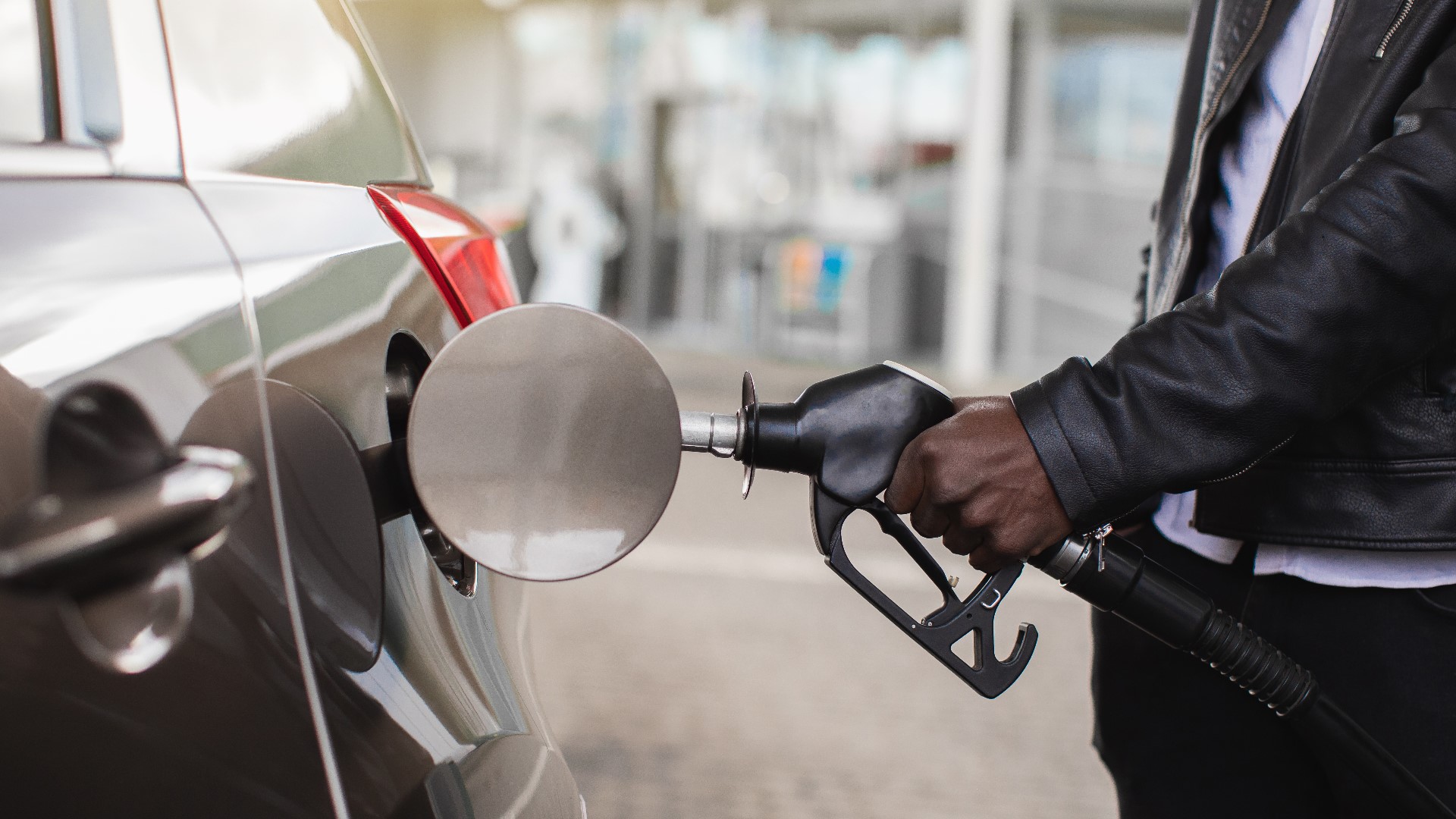PORTLAND, Ore. — Oregon Gov. Tina Kotek has signed the bill to legalize self-serve gas, making self-serve immediately legal statewide as of late Friday morning.
News of the impending change has led to a large number of headlines in recent weeks about Oregon finally embracing self-service after years of holding out, but there’s an important lingering clarification. The legislation clearly spells out that any gas station may offer self-serve as an option on up to half its pumps, but is it a requirement?
Or to put it another way: Now that the bill has been signed into law, do individual driver in Oregon have a personal right to pull into any gas station in the state and help themselves at the pump?
THE QUESTION
Does House Bill 2426 require all gas stations to offer self-service?
THE SOURCES
THE ANSWER
No, Oregon gas stations are not required to offer self-service under HB 2426. Individual drivers do not have a personal right to dispense their own gas at any pump of their choosing.
WHAT WE FOUND
The language of HB 2426 makes it clear that self-service is a choice available to gas stations, not a requirement. We reached out to the offices of each of bill's chief sponsors, and Rep. Julie Fahey's office got back to us and confirmed that the bill deliberately leaves the choice up to individual station owners and operators.
The bill states that fueling stations “may not designate more than the same number of fuel dispensing devices for self-service use by customers as are designated for attended service.” That means the number of self-service pumps at a gas station can’t exceed the number pumps run by attendants — but the inverse isn’t true. If a station owner wants to operate fewer self-service pumps, or none at all, that’s entirely up to them.
There’s also nothing in the language of the bill that specifies what individual drivers are entitled to do. It’s entirely focused on what gas stations are allowed to offer.


The law gives stations in rural counties more flexibility; they don’t have to maintain an even ratio of self-service and attendant-service pumps, and they can go almost exclusively self-service if they want to — but they still don’t have to. Even in a rural county, a station could choose to only operate under the attendant service model.
For drivers who would rather continue to receive attendant service, the bill requires that gas stations in urban counties continue to offer it on at least half their pumps during all hours when they offer self-service. In other words, an urban gas station can't close up shop at night but leave the pumps running for self-service — any time the pumps are open for business, there must be attendants present to cover at least half of them.
Rural stations are also exempt from that rule; they're allowed to go entirely self-service at night. However, rural stations with on-site convenience stores must still have attendants available to provide service upon request during daytime hours, and all stations with an employee or attendant on duty are required to comply with requests for assistance under the Americans With Disabilities Act.
Gas stations that offer a mix of self-service and attendant service will be required to clearly label which pumps are which. The law also prohibits stations from charging different prices for the two services.
Got a question or a story about Portland or Oregon that you'd like us to VERIFY? Drop us a line at verify@kgw.com.

